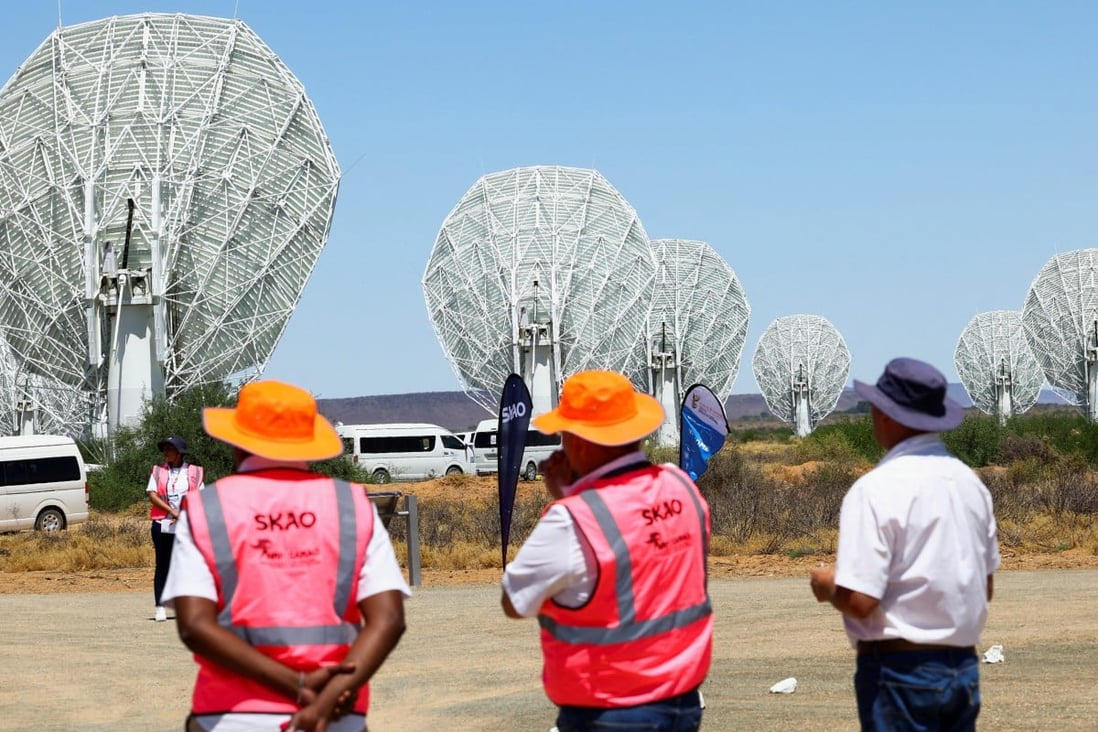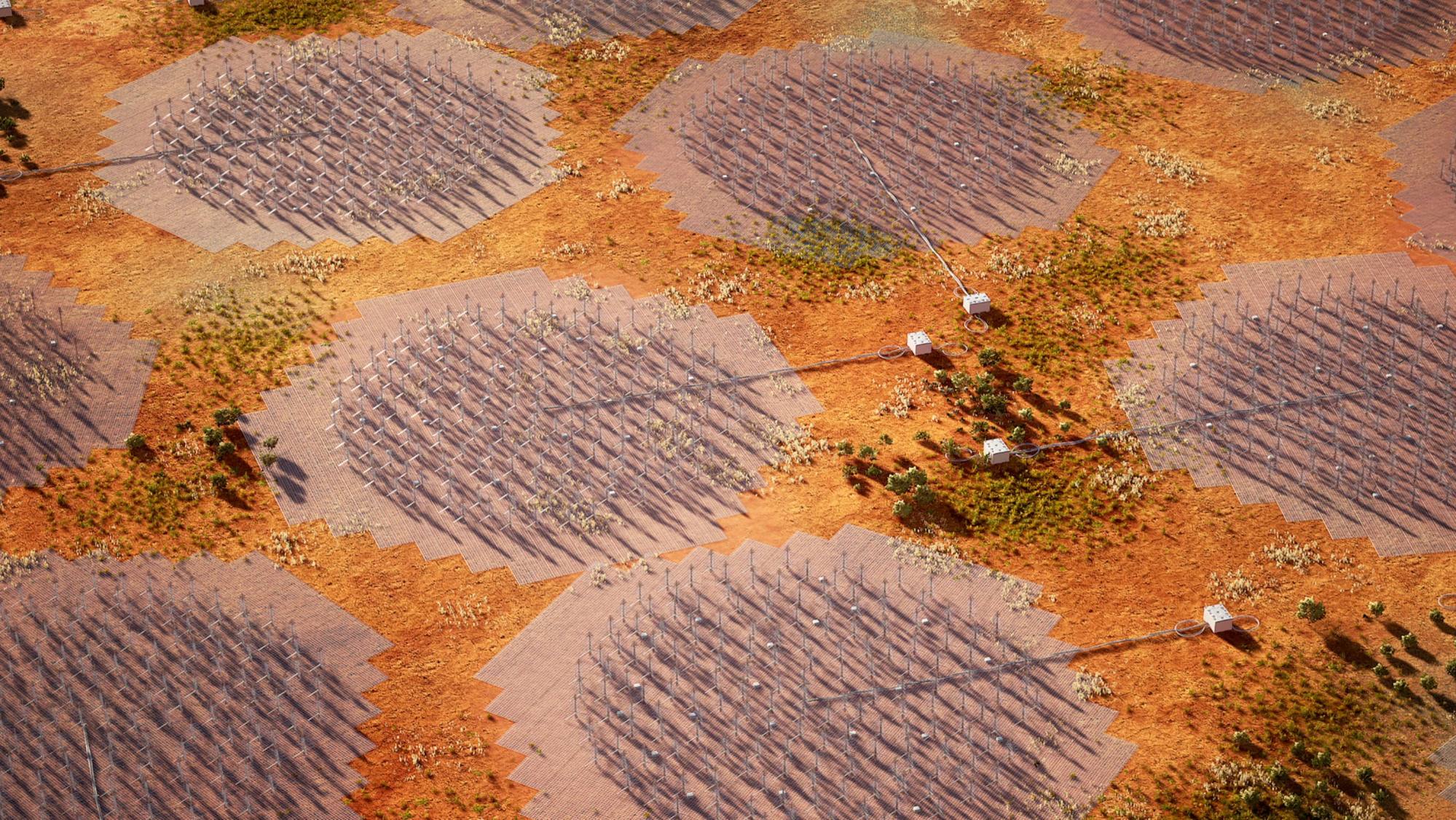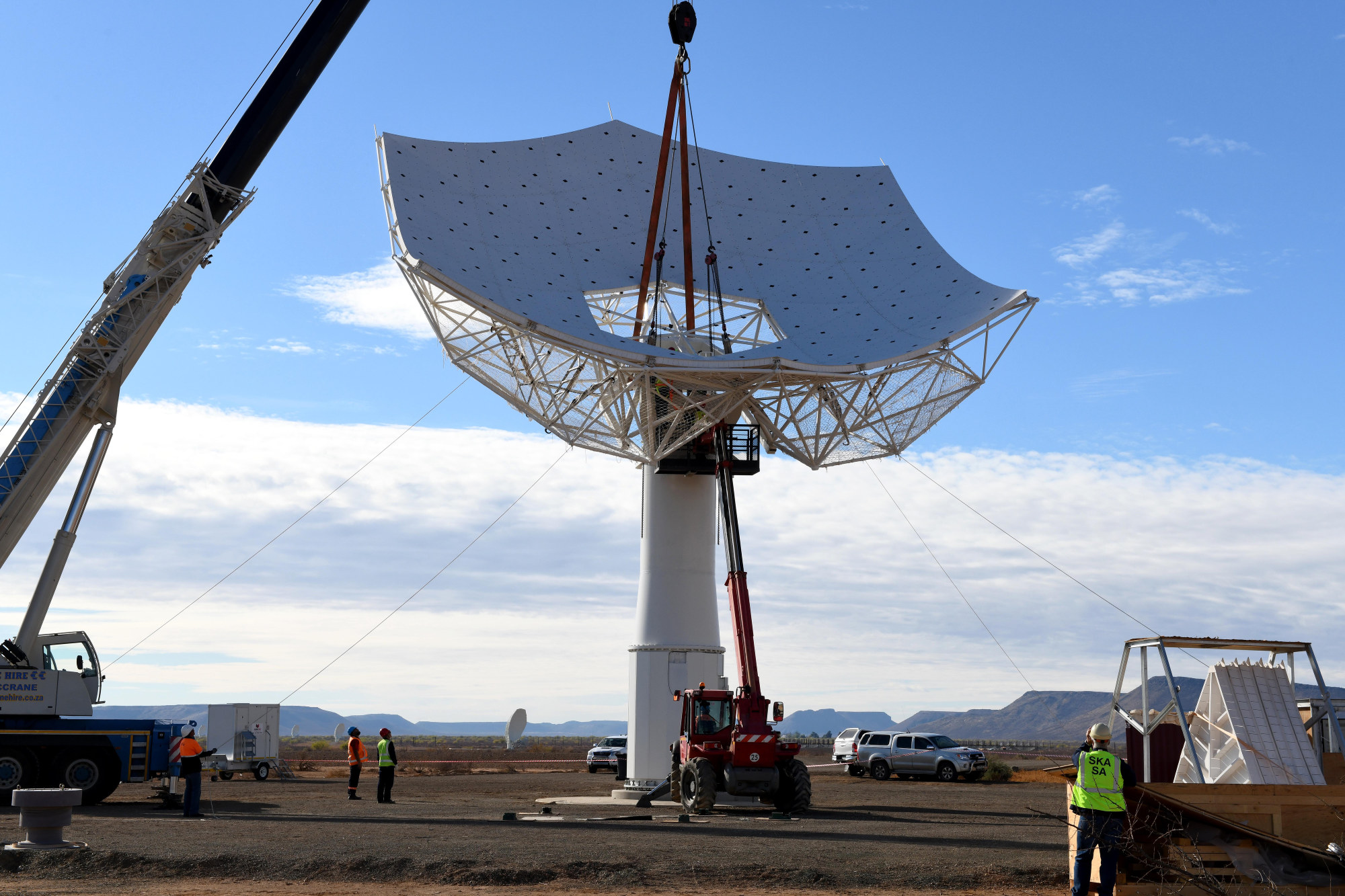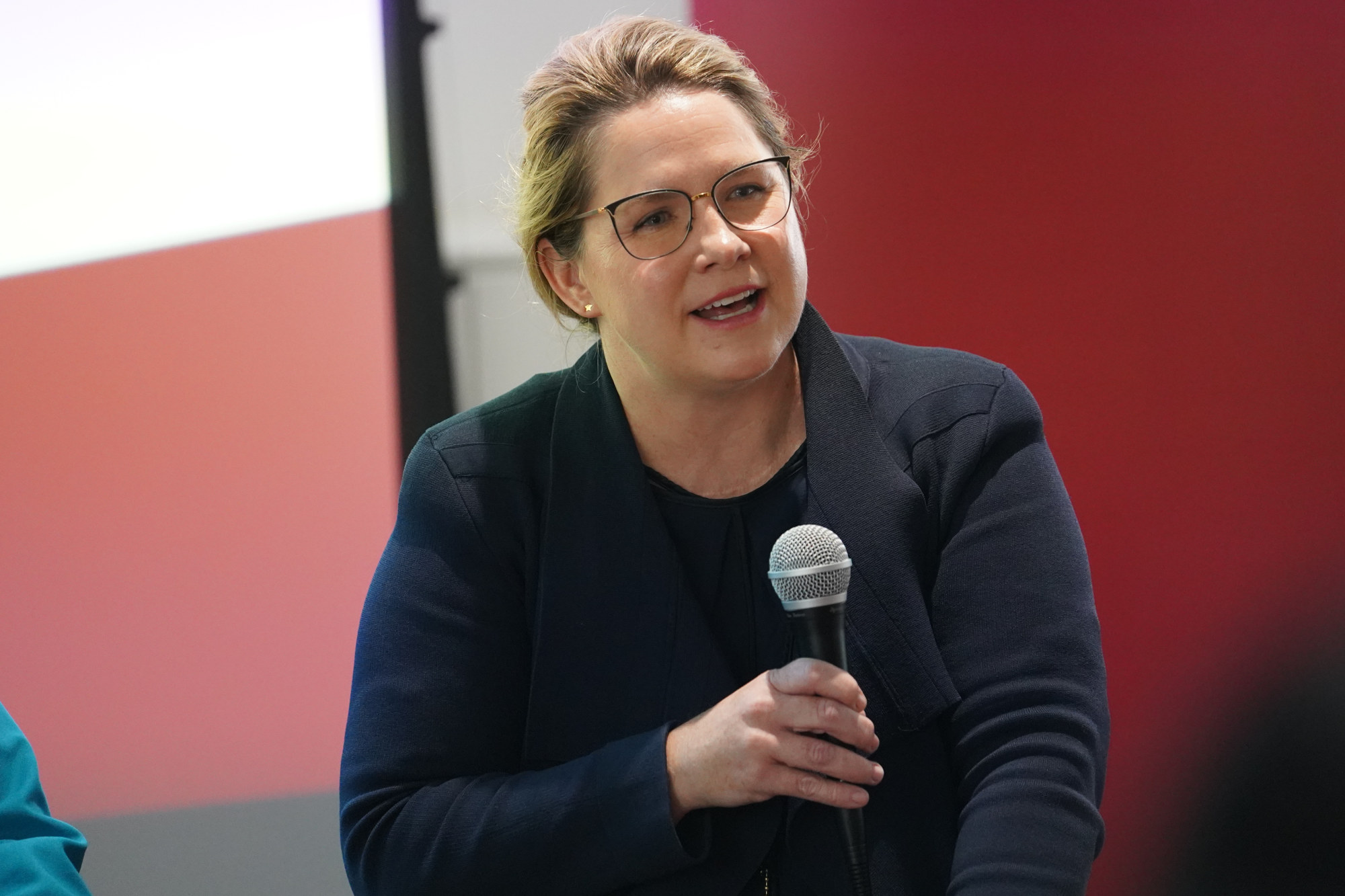Five ways the Biden DOE is spending big on nuclear energy

The Department of Energy is spending big to keep America’s old nuclear reactors online while laying the foundations of the nuclear energy industry of the future.
The investment into America’s long-declining nuclear industry — which includes tens of millions of funding announced this week — builds on a far-broader package of federal subsidies invested in the nuclear sector, which remains America’s leading single source of zero-carbon electricity.
One program — a $6 billion fund established under the 2021 bipartisan infrastructure plan — will help to keep otherwise uneconomic nuclear plants from shutting down.
But other programs announced by the Energy Department look beyond the current generation of nuclear plants to build out foundations for the next generation of nuclear energy.
Here are five nuclear goals that the Energy Department is pouring money into.
Advanced and theoretical research
One grant announced on Wednesday will pay $12 million to fund scientists across America’s national laboratories as they work on advanced research into problems at the edges of our understanding of nuclear physics.
The five projects funded “span topics like the 3-dimensional internal structure of nucleons, the exotic states of quarks and gluons, the microscopic properties of quark-gluon plasma and neutrino and nuclear interactions,” according to a statement from the Energy Department.
While this research is advanced and largely theoretical, it has the potential to open up broad practical applications.
“Advances in nuclear physics provide important new insights into the nature of our world as well as novel applications in the areas of national security, energy, health, and space exploration,” Timothy Hallman, associate director of science for nuclear physics, said in a statement.
Any such advances require “rigorous theoretical frameworks” to help scientists drive the next generation of research with practical benefits. Hallman added.
These would include “exploring more clean energy options and new applications in nuclear medicine and industry.”
Training nuclear-electric engineers
The Energy Department is also funding universities to educate “the next generation nuclear security work force.”
The department announced on Wednesday that $5 million will go to three state universities to help them create curriculum to train electrical engineers to work on nuclear reactors.
The joint program — which brings together the University of Texas at El Paso, the University of New Mexico and the North Carolina Agricultural and Technical State University — will train students to design components that can function in the extreme environments found inside nuclear reactors.
“We are at a particular point in time in which there is a recognition among leaders in industry and government of the pressing need to increase the electrical engineering workforce,” University of Texas electrical engineering professor Miguel Velez-Reyes said in a statement.
Expanding job training is needed “to spur domestic growth in areas such as chip manufacturing, transportation electrification, aerospace systems and advanced electronics packaging,” Velez-Reyes added.
Keep old plants online
The infrastructure legislation passed into law earlier this year contained $6 billion in Civil Nuclear Credits to help keep online nuclear plants that would otherwise be replaced with fossil-fuel infrastructure.
The Energy Department paid out its first disbursement last month, sending $1.1 billion to keep southern California’s Diablo Canyon Power Plant running.
The plant — which became the focus of a public battle over the fate of nuclear power in a carbon-conscious age — had been set to be decommissioned in stages through 2025.
Local officials praised the move.
“In the face of record heat waves and a deepening climate crisis, there is too much at stake for us to move backward in the fight to fully transition California away from polluting fossil fuels,” Rep. Salud Carbajal (D-Calif.) said in a statement.
If it had closed, it would have joined 13 other still-serviceable nuclear plants to close early in the past decade, according to DOE.
The Energy Department will begin accepting the next round of Civil Nuclear Credit applications in January 2023.
Build nuclear fuel supply chains
The Energy Department is putting $150 million into producing nuclear fuel essential to advanced reactors, officials announced in November.
So-called high-assay, low-enriched uranium (HALEU) is uranium that is far more enriched than the nuclear fuel used in current reactors. It’s only low-enriched in contrast to the kinds of enriched uranium used in nuclear weapons.
Since it’s essential to smaller, more efficient nuclear reactors, the Energy Department estimates that the U.S. will need about 40 metric tons of HALEU per year by the end of the decade.
“Reducing our reliance on adversarial nations for HALEU fuel and building up our domestic supply chain will allow the U.S. to grow our advanced reactor fleet and provide Americans with more clean, affordable power,” U.S. Secretary of Energy Jennifer M. Granholm said in a statement.
The funding — a cost-share with the Maryland-based American Centrifuge Operating company — would help pay for the development of 6 centrifuges that can produce about a ton of HALEU per year — enough to meet immediate U.S. needs.
But the Energy Department framed it as part of a larger drive to create a domestic HALEU industry.
“This demonstration shows DOE’s commitment to working with industry partners to kickstart HALEU production at commercial scale to create more clean energy jobs and ensure the benefits of nuclear energy are accessible to all Americans,” Granholm said.
Catching up on fusion
The Energy Department in October announced $47 million for research into fusion — the process by which stars like our sun create energy.
Unlike fission, fusion energy is created by forcing atoms together, rather than splitting them — a process that releases no radioactive pollution.
But the extreme temperatures and pressures needed to convince atoms to fuse have so far kept fusion as a theoretical energy source, rather than a practical one.
At the superheated temperatures and pressures required for fusion, gas turns into plasma — which is extremely difficult to control.
“We can’t just put it in a vessel because it will melt anything it touches,” said Eugenio Schuster of Lehigh University, who had received $1.75 million to work with researchers on this problem.
The money helps pay for collaborative experiments between U.S. and international scientists at research “tokamaks” at sites in China, the European Union and South Korea.
The most promising solution to that problem is a donut-shaped reactor where spinning magnetic fields contain the growing fusion reaction.
These fields “create what’s essentially an invisible bottle to hold it, and prevent those charged particles from escaping,” Schuster added.
Schuster is stationed at ITER — an international European test-reactor where scientists aim to “produce 10 times more energy than is required to operate it,” he said. “Everyone in the fusion community is directly or indirectly working toward ITER.”
Other disbursements of fusion funding will support U.S. researchers in conducting experiments in EAST and Korea’s KSTAR — both more “long pulse devices” more advanced than alternatives available in the U.S.
Working in these overseas research institutions “will help us learn from these superconducting tokamak machines so that eventually, we can build a long-pulse reactor-degree device in this country,” Schuster said.






